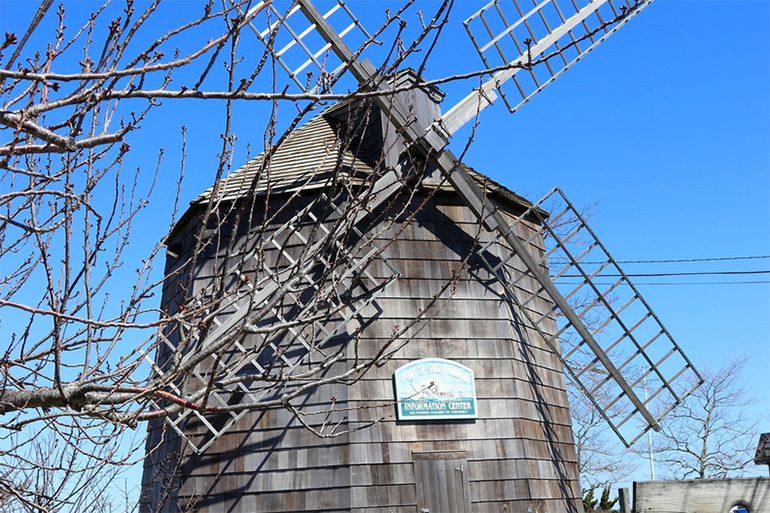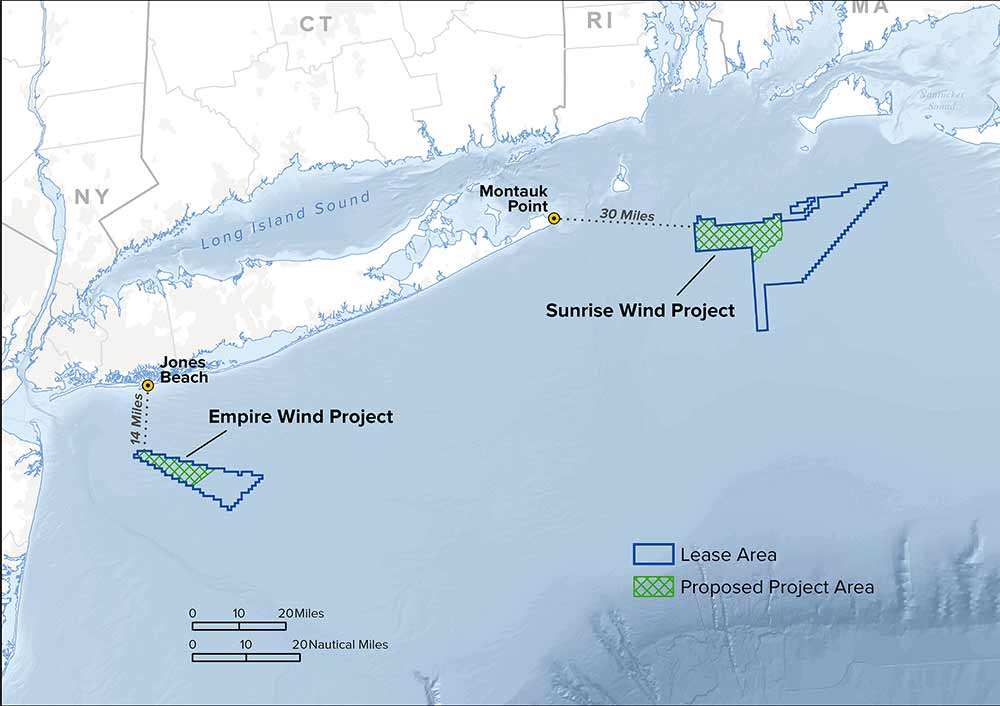Two Neighborhoods: Protect Sag Harbor's Azurest and Nineveh

There are two lovely historic neighborhoods in Sag Harbor. One is the area where the residents of the town, mostly whalers, built small homes and cottages on winding roads during the 19th century. The town treasures this community and prevents having any of these historic homes torn down.
The second lovely historic neighborhood in Sag Harbor was built by African-American families after the Second World War. They came to this area for summer in the sun just as white folks did and built small homes on small lots near the old Underground Railroad street of Eastville Avenue when they found they would not be welcome elsewhere.
This community, which consists of the adjacent sections of Azurest, Sag Harbor Hills and Nineveh, thrived and grew as a warm, friendly family place that was safe and familiar to everyone. The properties were almost all unencumbered by fences. Still are. Families barbecue together, have evenings together. Havens Beach, in this community, was “their” beach.
At the present time, several wealthy individuals have bought properties here for upwards of a million dollars, knocked down the little houses, built big mansions and have, as is their custom, isolated themselves from the rest of the community with hedgerows.
Who are these people? One wag commented to a reporter not long ago that they are all members of a family called LLC. “Who is LLC?” he wanted to know. It’s Limited Liability Corporation.
At the present time, there are two more large mansion applications for the community on the zoning board of appeals table—one on Terry Drive and the other in Azurest. No historic preservation designation protections can stop them.
Nobody argues that people from other races should be prevented from living here. Quite a few already do. But the architecture of this community, what it stands for and stood for, is a historic appreciation of that time and place where a group unwelcome elsewhere found relaxation and enjoyment among friends.
I think these three adjacent communities should be protected. It might take time to do the paperwork in the state and with the feds. In the short term, though, a law forbidding hedgerows and gates with entry codes should do the trick for a while.



